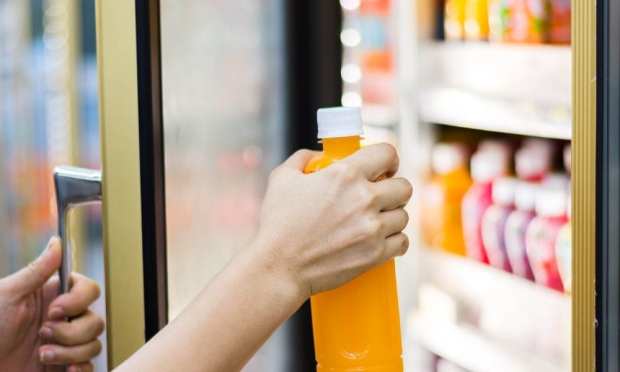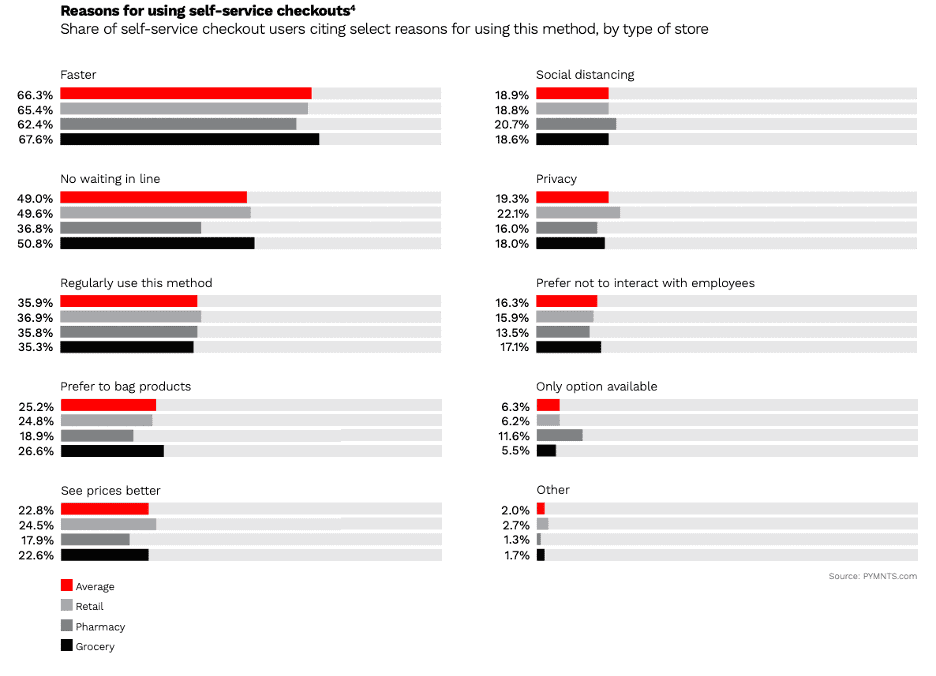Tesco Announces Frictionless Checkout Store as Brick-and-Mortar Grocers Tap Self-Service

Amazon’s hold on the frictionless checkout space is weakening. On Monday (Oct. 18), Tesco, the largest grocery chain in the United Kingdom by market share and one of the top 10 grocery chains in the world by sales, announced plans to open its first checkout-free, computer vision-powered grocery store in the style of Amazon’s “Just Walk Out” technology. The Central London store will be more than 2,400 square feet and will be powered by technology from Tel Aviv, Israel-based artificial intelligence (AI) retail solutions company Trigo.
“We’re excited to bring this new technology to customers in London,” Guus Dekkers, chief technology officer at Tesco, said in a statement. “This new proposition will save customers time, removing any friction from the checkout and offering even more convenience for shoppers.”
The move comes after months of Amazon expanding its U.K. grocery presence. The eTailer opened its first “Just Walk Out” grocery location in the country back in March, and it has since opened five more, according to Amazon Fresh U.K.’s store locator.
Additionally, Tesco’s news comes just weeks after one of the grocer’s competitors announced a similar partnership with Trigo. At the start of October, Essen, Germany-based global discount grocery chain Aldi announced that it is testing computer vision checkout at one of its locations in the Netherlands.
See also: Grocery Roundup: Aldi Goes Cashierless; Jokr Adds Alcohol
“The high degree of digitization in the Netherlands means we are convinced that we have the right climate here to test new technologies like these,” Jan Oostvogels, CEO of Aldi Netherlands, said in a statement. “The testing of this new concept is in line with current developments at Aldi, and is in line with the strategy to make shopping as easy as possible, everywhere and for everyone.”
While the grocer’s pilot test of this technology may not be in the U.K., Aldi recently announced a roughly $1.8 billion investment in expanding its presence there, in a move to gain share from Tesco and the other top grocers in the country. If the Netherlands test is successful, Aldi could become a frictionless checkout competitor for Tesco in the not-too-distant future.
Related news: Aldi Investing $1.8B in UK Growth, Despite Industry-Wide Challenges
The increased interest in cashierless checkout options is good news for Trigo. In June, the company announced a $10 million investment that brought its total funding to over $100 million; a week later, the company announced a partnership with Google Cloud to advance Trigo’s technology and to accelerate adoption.
Read more: AI-Powered Autonomous Retail Startup Trigo Teams With Google Cloud
Self-service options became more popular during the pandemic. In fact, a February report from Raydiant highlighted in PYMNTS’ Digitizing Unattended Retail Payments study, created in collaboration with American Express, found that almost half of all consumers report that they use self-checkout “basically all the time,” and that six out of 10 consumers have been using self-checkout more often than they did at the start of 2020.
You may also like: The Challenges of Unattended Retail Payments Ubiquity
“We’re at kind of an inflection point right now,” Toshiba Global Commerce Solutions Vice President of Business Strategy Kirk Goldman told PYMNTS in an interview. “I think we’re at the start of this third wave [of self-service], where retailers have gotten a lot smarter about what they’re doing, and they’re starting to experiment a little bit more.”
Also see: The ‘Third Wave’ of Self-Serve Checkout Turns Grocery Stores Into Omnichannel Hubs
PYMNTS research finds that speed is the top reason grocery shoppers take advantage of self-service options. The study “Today’s Self-Service Shopping Journey: The New Retail Expectation,” created in collaboration with Toshiba, which surveyed over 2,000 U.S. consumers about their shopping behaviors, found that more than two-thirds of grocery shoppers utilizing self-service checkout report doing so because they believe it is faster than traditional checkout. Additionally, more than half of grocery’s self-checkout users are motivated by the option to skip the traditional checkout line.
More details: Consumers Want Self-Service Checkout Options, But Rarely Get to Use Them
 Of course, these investments can be expensive, making them unfeasible for grocers without the resources of a major chain such as Tesco or Aldi at their disposal.
Of course, these investments can be expensive, making them unfeasible for grocers without the resources of a major chain such as Tesco or Aldi at their disposal.
“At the end, all this deep learning and artificial intelligence needs to be measured with the return on investment for the retailers, and it has to make sense for them,” Ariel Shemesh, co-founder and CEO of retail computer vision provider KanduAI, told PYMNTS in an interview. “It cannot be just innovation for the sake of innovation.”
See more: 3 Friction Points Slowing the Adoption of Self-Checkout for Grocers
Self-checkout solutions could also help brick-and-mortar grocers win back some of the consumers shifting their grocery habits online. Research from PYMNTS’ report, What Consumers Expect From Their Grocery Shopping Experiences, created in collaboration with ACI Worldwide, which featured a census-balanced survey of more than 2,300 U.S. consumers concerning their grocery shopping habits, found that speed and convenience are among the top reasons consumers purchase their groceries online.
Read also: Digital Features Can Help Grocers Win Over 43% of Shoppers
More than three-quarters of consumers shopping for groceries online reported doing so because they believe it is “easier and more convenient” than shopping in physical stores, and 57% reported doing so because they believe it is faster. By making the in-store experience easier and faster with frictionless checkout technologies, brick-and-mortar grocers can regain the loyalty of these convenience-seeking consumers.
